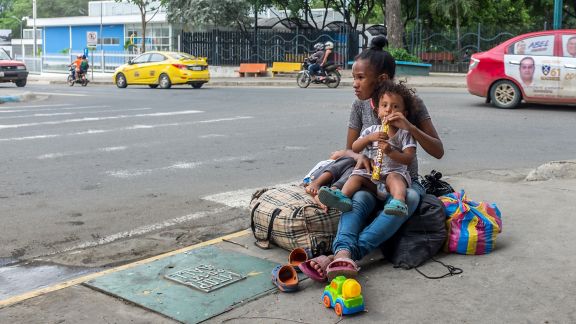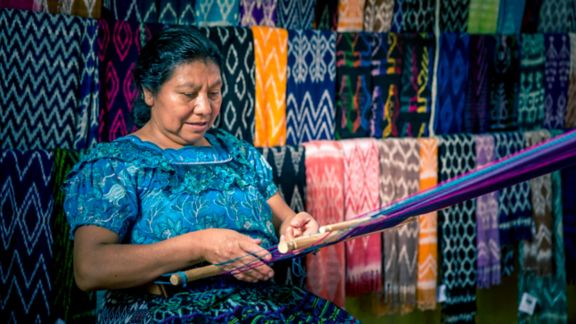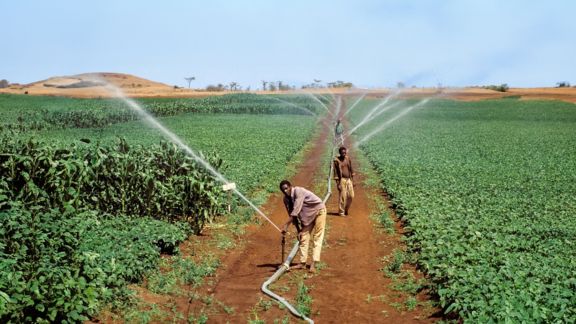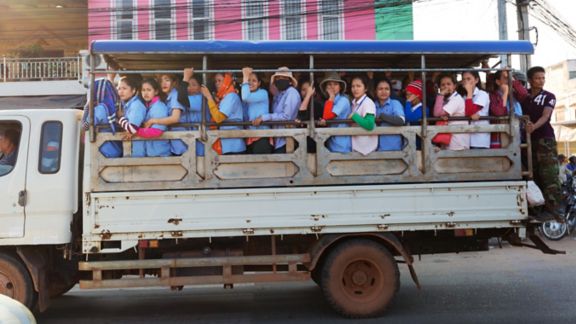Improving Programs at the Intersection of the Environment & Gender-Based Violence
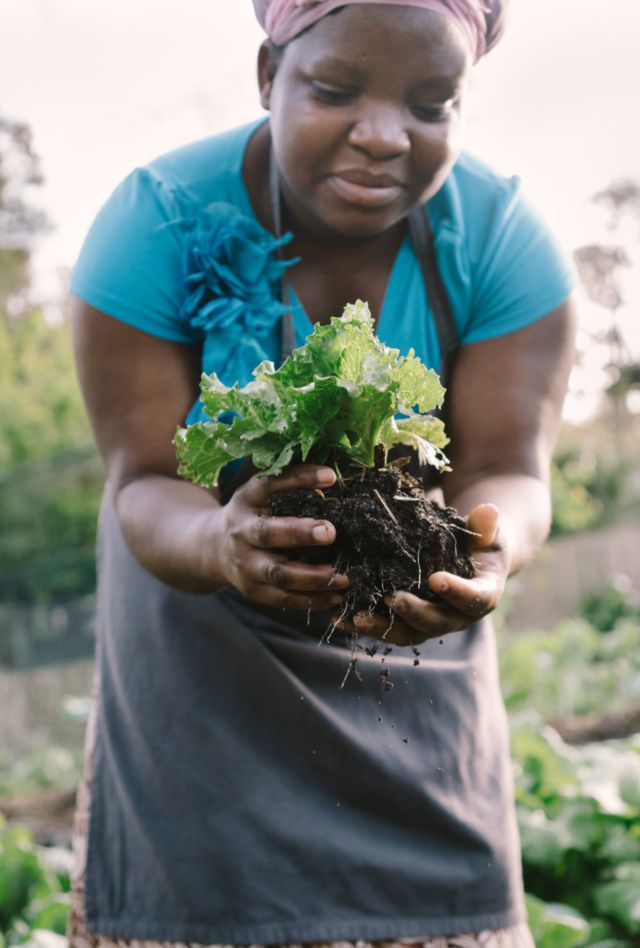
This article is from our NORC Now newsletter. Subscribe today.
April 2024
Programs that address climate change can also shift how natural resources are allocated and governed. These shifts can exacerbate gender power imbalances and can lead to gender-based violence (GBV). More research on the intersection between environmental programming and GBV is essential in preventing programming-related GBV.
To add critical data to this relatively new research area, the U.S. Agency for International Development Gender Equality and Women’s Empowerment Hub (USAID/GenDev) commissioned NORC to evaluate activities funded by the Resilient, Inclusive, and Sustainable Environments (RISE) Challenge. RISE is one of four clusters in USAID/GenDev’s GBV-prevention portfolio, which NORC studied as part of an in-depth portfolio performance evaluation.
“The RISE Challenge promoted partnerships between environmental organizations, local communities, Indigenous Peoples’ organizations, and gender and GBV experts,” said Rachel Rosenberg, a senior research associate in NORC’s International Programs department. “These partnerships sought to reduce GBV at community and institutional levels and ranged from efforts in South American mines to Vietnam’s tropical forests.”
There were nine activities funded worldwide, and we evaluated the following seven:
Colombia: Creative Capacity Building to Address GBV in the Artisanal and Small-Scale Mining Sector (Creative Capacity Building)
Eastern Democratic Republic of the Congo (DRC): Rising Up! Promoting Congolese Women’s Land Access and Preventing GBV (Rising Up!)
Fiji: Gender Empowerment and Transformation: Tackling Resource-Based Conflict and GBV (GBV/GFRM+)
Kenya: Advancing Equitable Gender, Social, and Power Norms in Community Conservancies (Advancing Equitable Norms in Conservancies)
Peru: Alto Mayo Landscape Without Gender Violence (Alto Mayo Without GBV)
Uganda: Securing Land Rights and Ending Gender Exclusion (SLEDGE)
Vietnam: Reducing GBV in Vietnamese Conservation
We reviewed 73 program documents and conducted 33 key-informant interviews, 22 focus group discussions, and a web survey. Our goal was to see whether grantee activities were context-specific, based on international evidence, achieved targeted GBV results, and were sustainable.
We found that rigorous pre-implementation assessments and the flexibility to adapt to unexpected challenges—such as the COVID-19 pandemic—significantly helped grantees raise GBV awareness, strengthen the capacity of local environmental organizations to address it, and reduce economic, social, and intimate partner GBV. One example of successful adaptive management came from Vietnam, where GBV trainings originally scheduled for the work week were moved to weekends because of employer pushback.
This resistance from organizational and community leaders—often men—was not unusual and limited the program’s impact. In one instance, miners opposed classroom anti-GBV training and forbade their wives from participating.
“Bundling GBV sensitization training with livelihood activities that were of economic value to participants and their spouses could help break through initial resistance,” said Jessica Wallach, a senior research associate in NORC’s International Programs department. “Engaging men where they stand is important and effective.”
Longer grant timelines, more rigorous sustainability planning to ensure that the work continues after the grant ends, and better reimbursement of local volunteers also made anti-GBV efforts more effective. Many projects recruited volunteers from the community without offering sufficient compensation for their time or considering that local program representatives can face a backlash if something goes awry. For example, in the Eastern DRC, some women who worked to obtain land titles through the program did not receive them despite having paid for them. Community members blamed local volunteers for this failure.
More from This Series
This article is from our flagship newsletter, NORC Now. NORC Now keeps you informed of the full breadth of NORC’s work, the questions we help our clients answer, and the issues we help them address.

